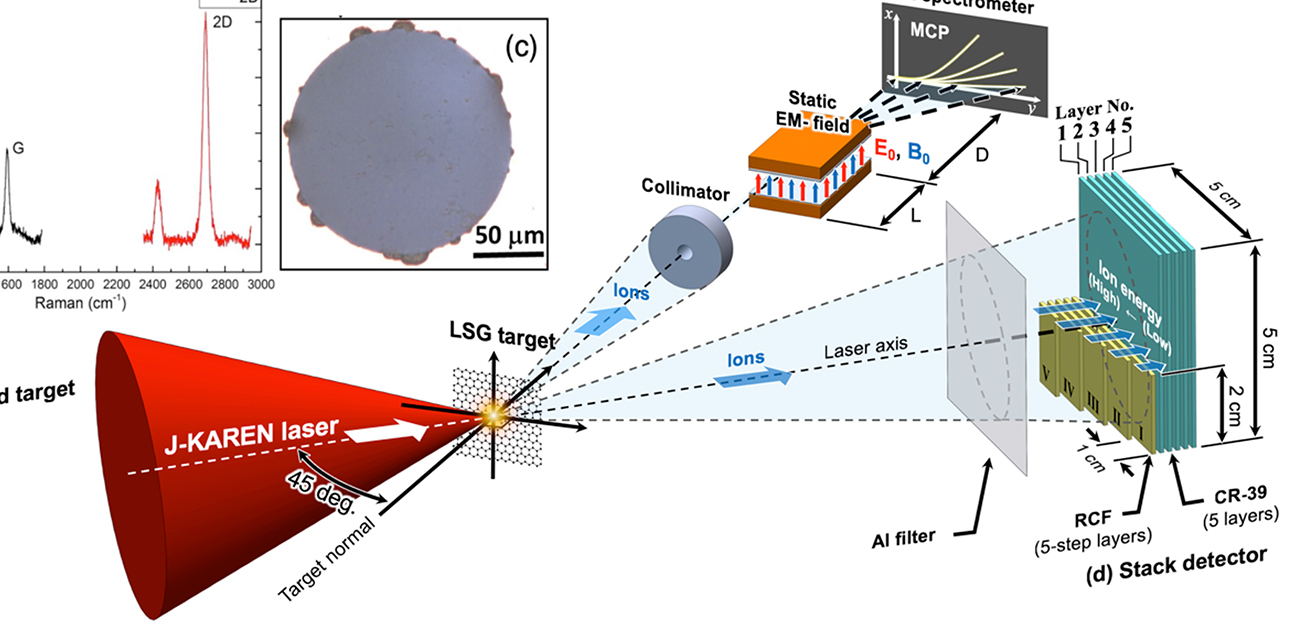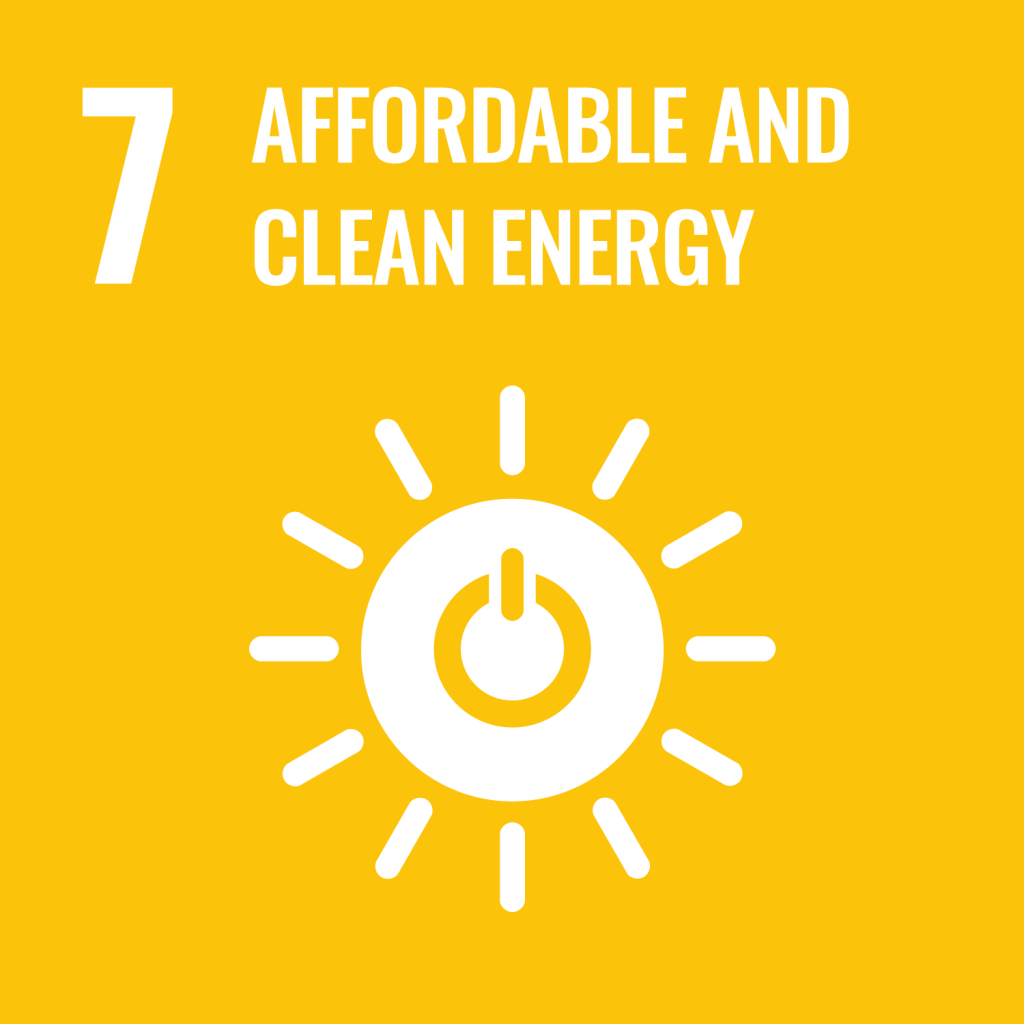
Graphene and an intense laser open the door to the extreme
First experimental realization of energetic ions driven by intense laser irradiating the world’s thinnest and strongest target
Laser-driven ion acceleration has been studied to develop a compact and efficient plasma-based accelerator, which is applicable to cancer therapy, nuclear fusion, and high energy physics. Osaka University researchers, in collaboration with researchers at National Institutes for Quantum Science and Technology (QST), Kobe University, and National Central University in Taiwan, have reported direct energetic ion acceleration by irradiating the world’s thinnest and strongest graphene target with the ultra-intense J-KAREN laser at Kansai Photon Science Institute, QST in Japan. Their findings are published in Springer Nature, Scientific Reports.
It is known that a thinner target is required for higher ion energy in laser ion acceleration theory. However, it has been difficult to directly accelerate ions with an extremely thin target regime since the noise components of an intense laser destroy the targets before the main peak of the laser pulse. It is necessary to use plasma mirrors, which remove the noise components, to realize efficient ion acceleration with an intense laser.
Thus, the researchers have developed large-area suspended graphene (LSG) as a target of laser ion acceleration. Graphene is known as the world’s thinnest and strongest 2D material, which is suitable for laser-driven ion sources.
“Atomically thin graphene is transparent, highly electrically and thermally conductive, and light weight, while also being the strongest material,” study author Wei-Yen Woon explains. “To date, graphene has seen a variety of applications, including those in transportation, medicine, electronics, and energy. We demonstrate another disruptive application of graphene in the field of laser-ion acceleration, in which the unique features of graphene play an indispensable role.”
Direct irradiations of the LSG targets generate MeV protons and carbons from sub-relativistic to relativistic laser intensities from low contrast to high contrast conditions without a plasma mirror, evidently showing the durability of graphene.
“The outcomes of this research are applicable to the development of compact and efficient laser-driven ion accelerators for cancer therapy, laser nuclear fusion, high energy physics, and laboratory astrophysics,” study lead author Yasuhiro Kuramitsu explains. “Direct acceleration of energetic ions without a plasma mirror evidently shows the robustness of LSG. We will use the atomic-thin LSG as a target mount to accelerate other materials which cannot stand by themselves. We also show the energetic ion acceleration at non-relativistic intensity. This will allow us to investigate laser ion acceleration with relatively small laser facilities. Furthermore, even without a plasma mirror at the extremely thin target regime, energetic ion acceleration is realized. This opens up a new regime of laser driven ion acceleration.”

Figure: (a)Schematics of experiment. By irradiating a large-area suspended graphene target (LSG) with the ultra-intense J-KAREN laser, energetic ions are generated. (b) and (c) show the Raman spectrum and microscope image of graphene, respectively. (d) and (e) show the schematic drawing of stack detector using solid state path trackers and Thomson parabola spectrometer (TPS), respectively. (g) and (f) show the typical data from TPS and stack, respectively.
(CC BY: 2022 Y. Kuramitsu et al. Robustness of large-area suspended graphene under interaction with intense laser. Scientific Reports)
The article, “Robustness of large-area suspended graphene under interaction with intense laser,” was published in Scientific Reports at DOI: https://doi.org/10.1038/s41598-022-06055-4
Related Links
Kuramitsu Yasuhiro (Researcher Directory)
EurekAlert!



